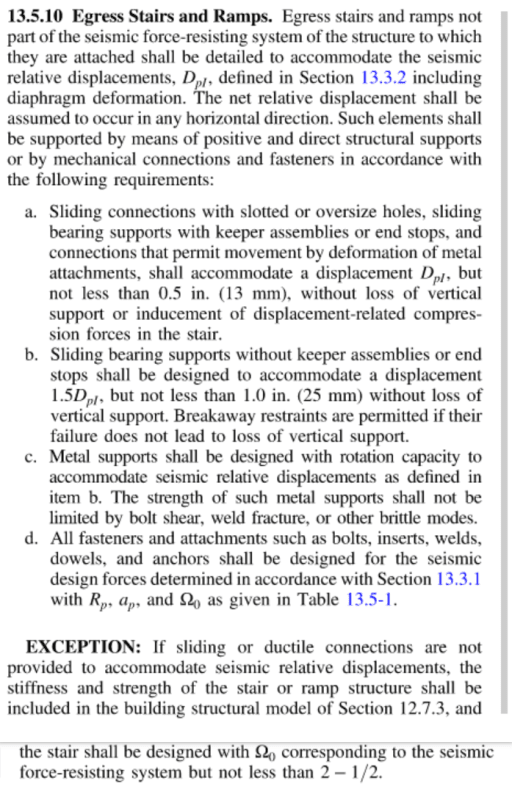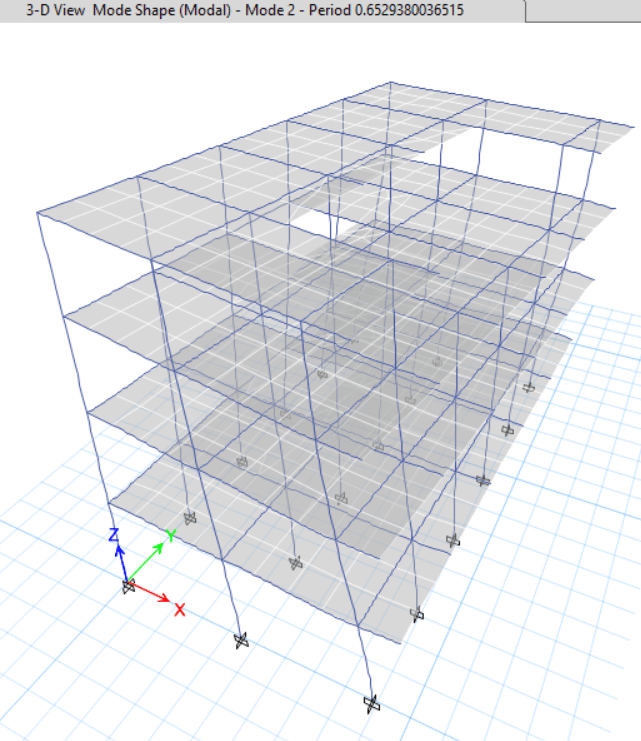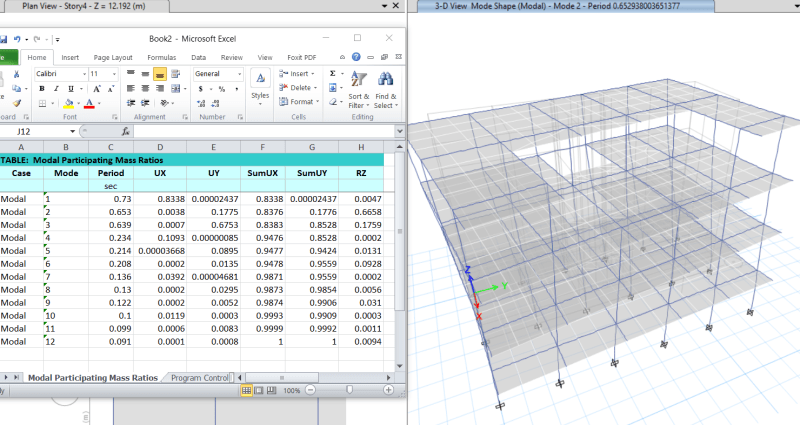curiousinvite
Civil/Environmental
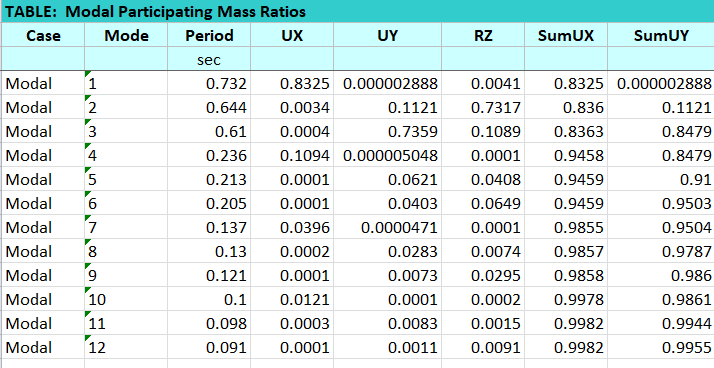
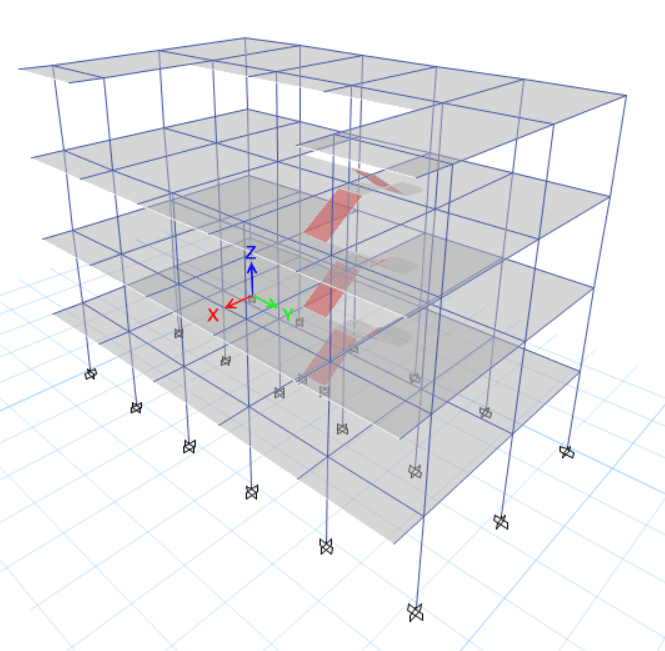
there is torsion in second mode , what might be the reason ?
what can be done to make translation in y axis second mode ?
Follow along with the video below to see how to install our site as a web app on your home screen.
Note: This feature may not be available in some browsers.


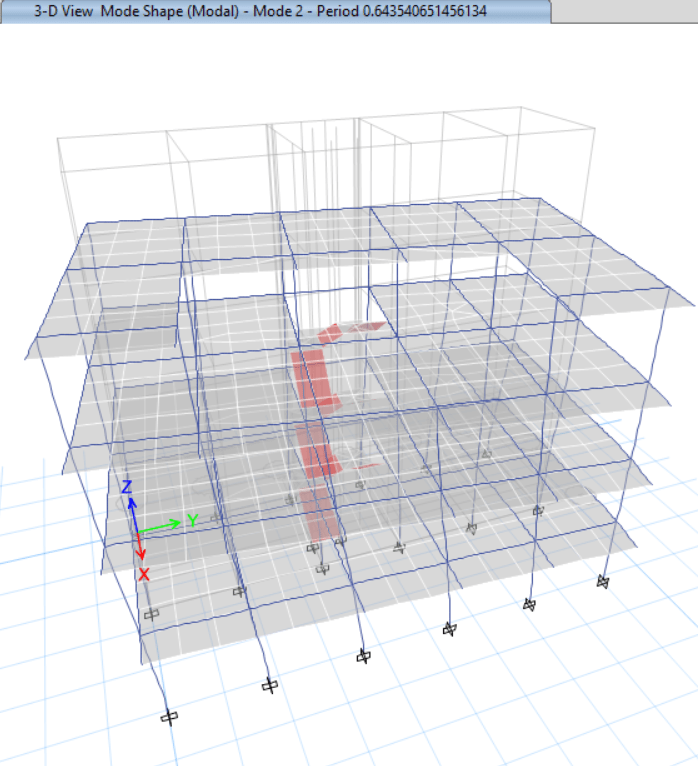
curiousinvite said:May be the stairs are acting as bracing causing torsion , but still Wouldn't it be more realistic to model with staircase than without one ?
curiousinvite said:May be the stairs are acting as bracing causing torsion , but still Wouldn't it be more realistic to model with staircase than without one ?
